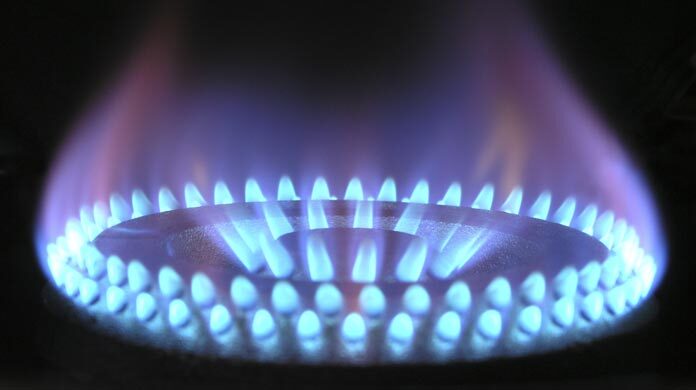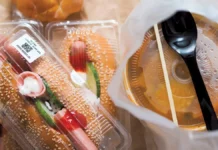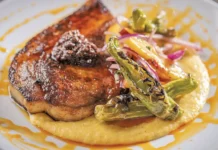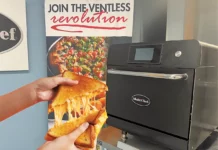
When the temperature drops outside in the coming months, sometimes the greatest danger can be lurking inside your own properties.
According to the Centers for Disease Control and Prevention (CDC), carbon monoxide (CO) is responsible for more than 50,000 visits to the emergency room and over 400 deaths each year1. It is a colorless, odorless, toxic gas which interferes with the oxygen-carrying capacity of blood. Often known as the “silent killer”, CO is non-irritating and can overcome persons without warning. While CO is a concern that should be considered at all times, cold weather increases the use of gas-powered furnaces, as well as the use of alternative heating and power sources (portable generators, charcoal briquettes, propane stoves or grills), drastically increasing risk exposures in the winter months.
Unfortunately, incidents of carbon monoxide poisoning are not uncommon in restaurants and are often fatal, leaving businesses in damaging situations they may not ever recover from. In 2015, New York City passed a law requiring all building owners to provide a form of CO detection at their venues. The law was named after Steven Nelson, a manager of a large seafood chain on Long Island, who passed away due to a CO leak caused by a faulty water heater pipe.
It is important that owners and managers look at tragic incidents such as this to examine their own restaurants and safety practices in order to prevent future incidents. The Occupational Safety and Health Administration (OSHA) provides the following guidelines to prevent carbon monoxide exposures:
- Never use a generator indoors or in enclosed or partially enclosed spaces such as garages, crawl spaces, and basements. Opening windows and doors in an enclosed space may prevent CO buildup.
- Make sure the generator has 3-4 feet of clear space on all sides and above it to ensure adequate ventilation.
- Do not use a generator outdoors if placed near doors, windows or vents which could allow CO to enter and build up in occupied spaces.
- When using space heaters and stoves ensure that they are in good working order to reduce CO buildup, and never use in enclosed spaces or indoors.
- Consider using tools powered by electricity or compressed air, if available.
Key safety measures that all restaurants should consider, that at least meet, but in some cases exceed regulatory codes include carbon monoxide detectors, alarm systems, security systems, and other life safety processes and equipment. However, installing equipment is not enough. Businesses need to proactively prepare for the unexpected and train their employees thoroughly.
- The first step to emergency management planning is performing a vulnerability analysis. An effective vulnerability analysis looks at all possible threats. Once risks have been assessed, you will need to put together a response plan that addresses various types of incidents, what the risks are, what could trigger the plan, and what to do in the event an incident escalates to become a crisis.
- The plan should include, at minimum, roles and responsibilities, emergency procedures, a communications plan, and a process for training, testing, and maintaining the plan. Copies of the plan should be distributed to all individuals with responsibilities.
- Periodically, key elements of the plan should be tested and the entire plan should be reviewed at least once a year to ensure it is up-to-date and addresses the major risks.
This step-by-step process should also include how your team will interact with the media aftermath in the event of an incident as the reputational damage can easily devastate a business in the event of a crisis such as a CO leak, particularly if it could potentially be attributed to the business’s actions.
Speak to your insurance advisor to learn more about implementing effective emergency and crisis management plans that include detailed carbon monoxide exposure prevention measures, as well as strategies for recovery.
1. https://www.cdc.gov/features/copoisoning/index.html























